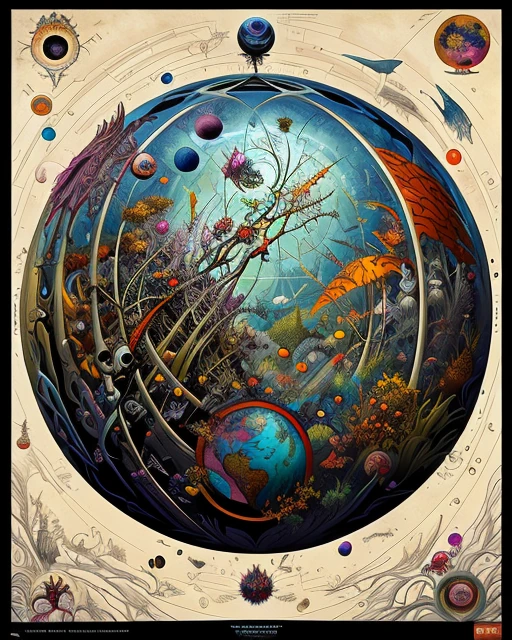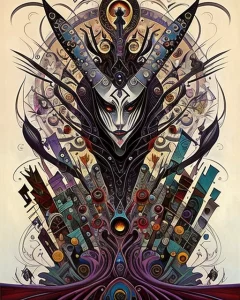The rise of non-fungible tokens (NFTs) has revolutionized the digital landscape, transforming the way we interact with art, collectibles, and even real estate. This transformative technology has attracted a diverse range of stakeholders, each playing a crucial role in shaping the NFT ecosystem.
1. Creators and Artists
NFTs empower creators to own and monetize their work in a way that was previously impossible. By minting their creations as NFTs, artists can connect directly with collectors and fans, bypassing intermediaries and securing a fair share of the value created. This has opened up new avenues for artists to earn an income, particularly those who were previously under-represented in the traditional art market.
2. Collectors and Enthusiasts
Collectors are the driving force behind the NFT market, driving demand and propelling the prices of digital assets. They are drawn to the unique properties of NFTs, such as scarcity, authenticity, and the ability to connect with artists directly. NFTs have opened up a new frontier for collecting, bringing together art enthusiasts, investors, and tech-savvy individuals under a shared passion for digital collectibles.
3. Marketplaces and Platforms
NFT marketplaces serve as the primary hubs for buying, selling, and trading digital assets. They provide the infrastructure and tools that enable creators, collectors, and traders to interact and participate in the NFT ecosystem. These platforms play a critical role in facilitating transactions, verifying digital ownership, and ensuring the overall liquidity of the market.
4. Developers and Infrastructure Providers
The NFT ecosystem is built upon a foundation of sophisticated technology, relying on developers to create the tools, protocols, and platforms that power the industry. These individuals are responsible for building the infrastructure that enables the creation, minting, trading, and management of NFTs. Their expertise is essential for ensuring the smooth operation and growth of the NFT market.
5. Investors and Financial Institutions
The potential of NFTs to disrupt traditional industries has attracted the attention of investors and financial institutions. They are exploring opportunities to invest in NFT projects, support the development of NFT infrastructure, and gain exposure to the potential growth of the NFT market. As the NFT ecosystem matures, we can expect to see a greater influx of institutional capital entering the space.
6. Regulators and Governments
The rapid growth of the NFT industry has also raised concerns among regulators and governments. They are working to understand the implications of NFTs and develop frameworks to ensure responsible innovation and protect consumers. Regulatory clarity is crucial for fostering trust and long-term growth in the NFT ecosystem.
7. Intellectual Property (IP) Lawyers
NFTs have blurred the lines between traditional copyright law and the digital world, creating new legal challenges. IP lawyers are providing expertise in navigating these complexities, helping creators protect their intellectual property rights and ensuring fair usage of digital assets.
8. Tech Companies and Enterprises
Large tech companies and enterprises are exploring the potential of NFTs to transform their industries. They are developing NFT-based solutions for various applications, such as digital ticketing, supply chain management, and loyalty programs. The adoption of NFTs by established businesses could have a significant impact on the broader economy.
9. Education and Research
As NFTs gain mainstream adoption, there is a growing need for education and research to empower individuals and organizations to understand and navigate the ecosystem effectively. Institutions are developing educational resources, conducting research on the impact of NFTs, and providing training programs to prepare individuals for the opportunities and challenges of this new technology.
10. The Future of NFTs: A Collaborative and Evolving Ecosystem
The NFT ecosystem is constantly evolving, with new players entering the space and new use cases emerging. It is a collaborative ecosystem, where diverse stakeholders work together to shape the future of digital assets. As we move forward, we can expect to see even more innovative applications of NFTs, driving further disruption and transforming industries across the globe.
11. NFT-Powered Communities and Ecosystems
NFTs have the potential to foster the creation of new communities and ecosystems centered around shared passions and interests. These communities can provide valuable support, engagement, and a sense of belonging for creators, collectors, and other stakeholders.
12. NFTs and the Metaverse
NFTs are playing a crucial role in the development of the metaverse, a concept of an interconnected virtual world where people can interact and engage in various activities. NFTs are being used to represent digital assets in the metaverse, such as avatars, virtual land, and in-game items.
13. NFTs and Supply Chain Management
NFTs can enhance supply chain transparency and traceability by providing a secure and tamper-proof record of the origin and movement of goods. This can improve efficiency, reduce fraud, and enhance trust among stakeholders.
14. NFTs and Ticketing
NFT-based tickets offer a secure and verifiable way to authenticate and manage event tickets. This can help prevent counterfeiting, scalping, and lost tickets, while also providing enhanced fan experiences.
15. NFTs and Loyalty Programs
NFT-powered loyalty programs can provide a more engaging and rewarding experience for customers. By using NFTs, organizations can create unique and personalized rewards, track customer activity, and build stronger customer relationships.
Emerging Trends and Applications of NFTs
The NFT ecosystem is still in its early stages, and new trends and applications are emerging continuously. Some of the potential future directions for NFTs include:
- Fractionalized ownership: NFTs can be fractionalized into smaller parts, allowing multiple people to own a share of a single digital asset. This could open up new opportunities for investing in art, collectibles, and other digital assets.
- NFT-powered games: NFTs are being integrated into games, allowing players to own virtual items, such as characters, weapons, and land. This could create new economies and monetization models for the gaming industry.
- NFTs for real estate: NFTs are being explored as a way to represent ownership of real estate properties. This could streamline property transactions, improve transparency, and provide new opportunities for investing in real estate.
- NFTs for identity verification: NFTs can be used to securely store and verify personal information, such as educational credentials and professional qualifications. This could streamline identity verification processes and reduce fraud.
- NFTs for social impact: NFTs are being used to raise funds for social causes and support initiatives that address global challenges. This could create new avenues for philanthropy and social impact.
Conclusion
The NFT ecosystem is poised to transform the way we interact with digital assets, empowering creators, collectors, businesses, and organizations in new and innovative ways. As the technology matures and adoption grows, we can expect to see even more groundbreaking applications of NFTs, shaping the future of industries and societies around the world.






